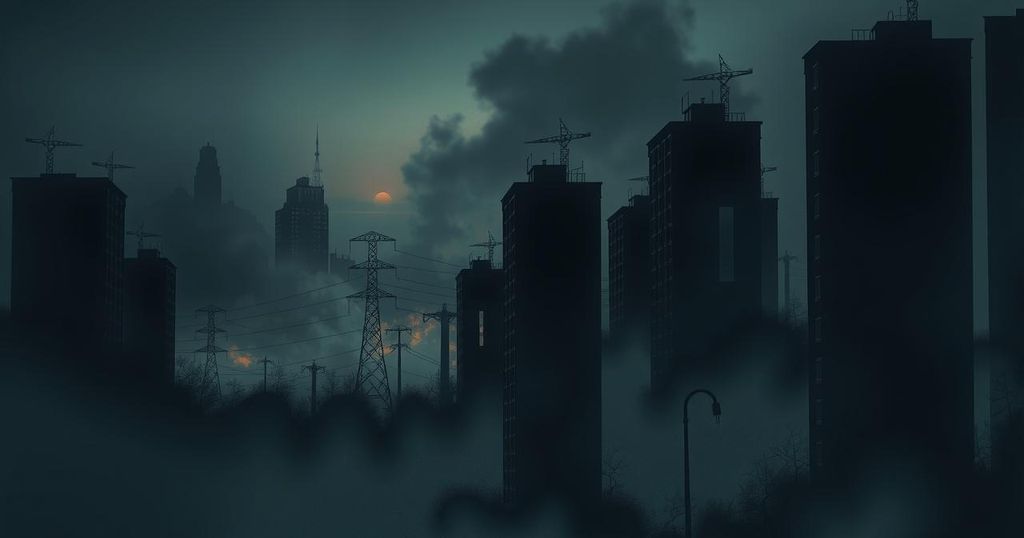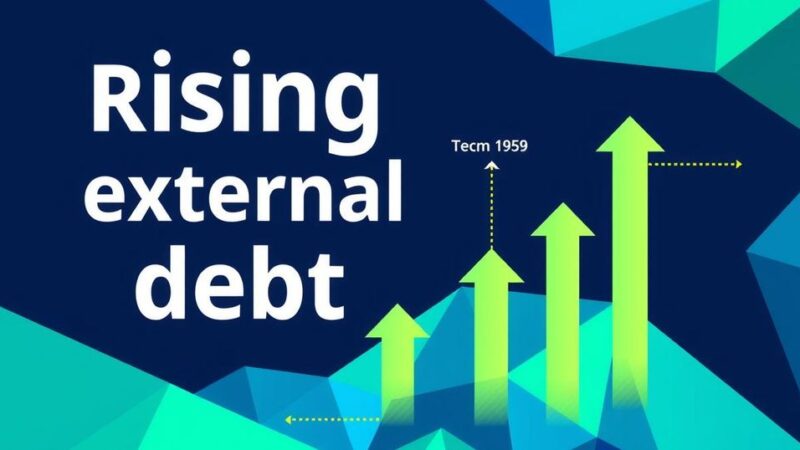As Iran faces freezing temperatures and heavy snowfall, the regime has chosen to close down public services across 28 provinces, highlighting longstanding failures in energy management. Though officials attribute these closures to energy preservation, the actions reflect a broader context of corruption and incompetence. The shutdown of financial markets and public institutions symbolizes the regime’s ongoing missteps in handling predictable seasonal challenges and lack of accountability.
As Iran endures freezing temperatures and heavy snowfall, the regime has opted for its typical response—shutting down government offices, schools, and financial markets across 28 provinces rather than confronting its long-standing issues in energy management. Announced after a recent crisis management meeting, this widespread closure highlights the regime’s failure to prepare for predictable seasonal changes due to corruption and incompetence.
The announced closures, set for February 8, 2025, were justified by the regime as a measure to “preserve energy stability” amidst harsh weather. This appears to be an effort to deflect criticism away from the dilapidated infrastructure, failing power grid, and chronic mismanagement that plague the nation, reflecting a desperate attempt to avoid accountability.
The shutdown impacts nearly the entire country, affecting provinces such as Tehran, Alborz, Kerman, and Semnan, among others. Furthermore, even major financial institutions, including the Tehran Stock Exchange and various market exchanges, will close, further indicating the extent of the ongoing crisis and the regime’s failure to maintain public trust.
Officials have attempted to paint the shutdown as a precautionary measure; however, noted remarks from Mansour Shisheh-Foroush, head of Isfahan Province’s Crisis Management Headquarters, mentioned shutting off heating systems to save energy. Such statements reveal a stark admission of the regime’s inadequate energy security measures and failure to act effectively.
Beyond cold weather, Gilan Province faces additional challenges with severe flooding, necessitating evacuations after record rainfall. This situation exemplifies the regime’s neglect in maintaining infrastructure and flood control, with their only reaction being to impose shutdowns rather than addressing long-term issues affecting residents.
The regime has long evaded accountability for its failures in energy planning, resulting in regular blackouts and fuel shortages. While billions have been allocated to regional proxies, the essential infrastructure that serves the Iranian populace has been neglected, leaving citizens to cope with the repercussions of these misguided priorities.
Ultimately, the regime’s attempts to shift blame onto seasonal challenges fail to mask the reality of its catastrophic mismanagement. The Iranian populace continues to suffer the consequences of decades of corruption, and no amount of rhetoric can hide the collapse of the regime’s economic and energy policies.
The Iranian government has struggled with effective energy management for decades, leading to recurrent crises characterized by rolling blackouts, fuel shortages, and inadequate infrastructure. These issues have been exacerbated by systemic corruption and a focus on funding external proxy groups rather than improving domestic conditions. As seasonal weather patterns become more severe, the government’s inability to provide reliable energy services has been increasingly laid bare. With recent heavy snowfall and freezing temperatures, the regime opted to shut down public services in an effort to stabilize the energy grid, indicating a deep-seated crisis while avoiding addressing the root causes of its failures. Such actions reflect a familiar strategy of diverting public frustration rather than implementing substantial reforms to the pressing issues at hand.
The Iranian regime’s recent actions demonstrate a troubling pattern of evading responsibility amid growing crises. By shutting down public services and attempting to justify these measures as necessary for energy preservation, the regime reveals its longstanding dysfunction and failure to invest in vital infrastructure. As the population suffers from the consequences of decades of mismanagement and neglect, it becomes increasingly clear that the regime’s policies have led to a state of economic collapse that continues to impact citizens nationwide.
Original Source: www.ncr-iran.org






